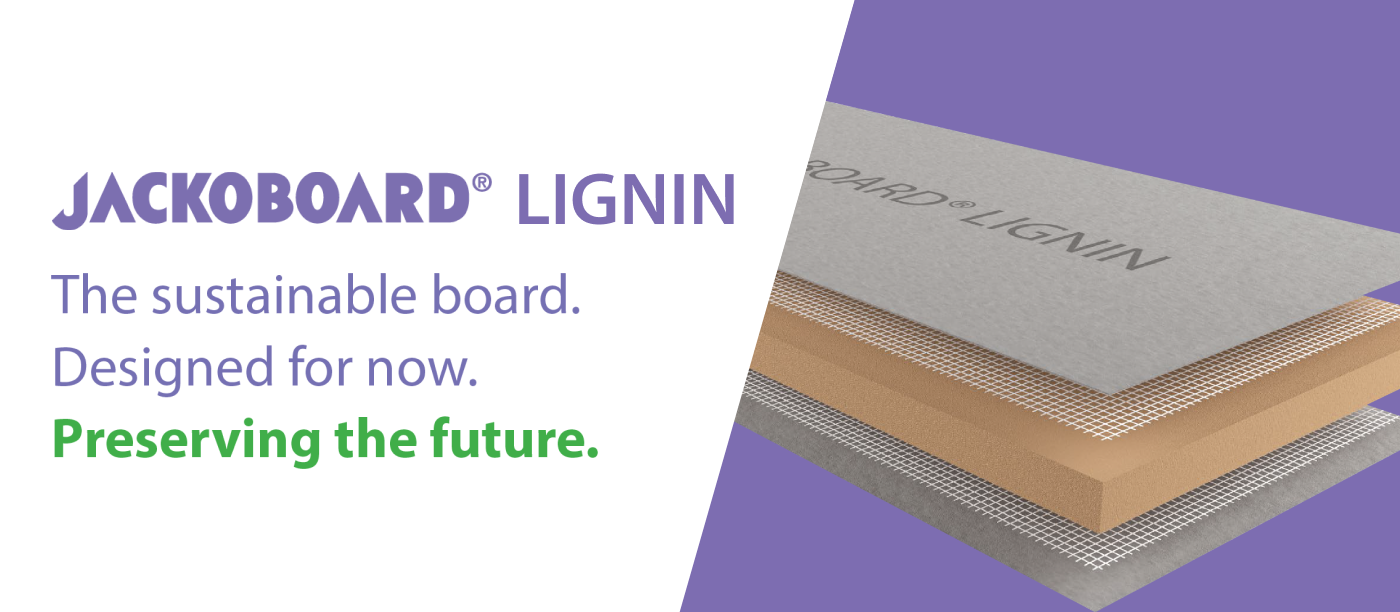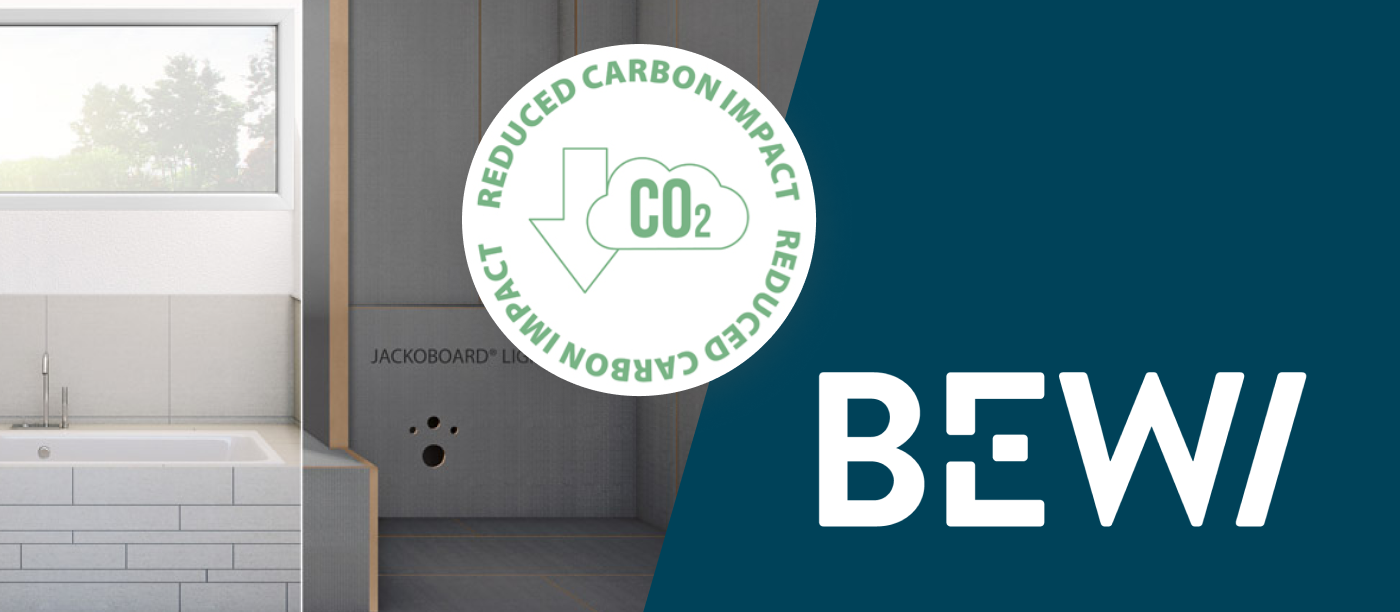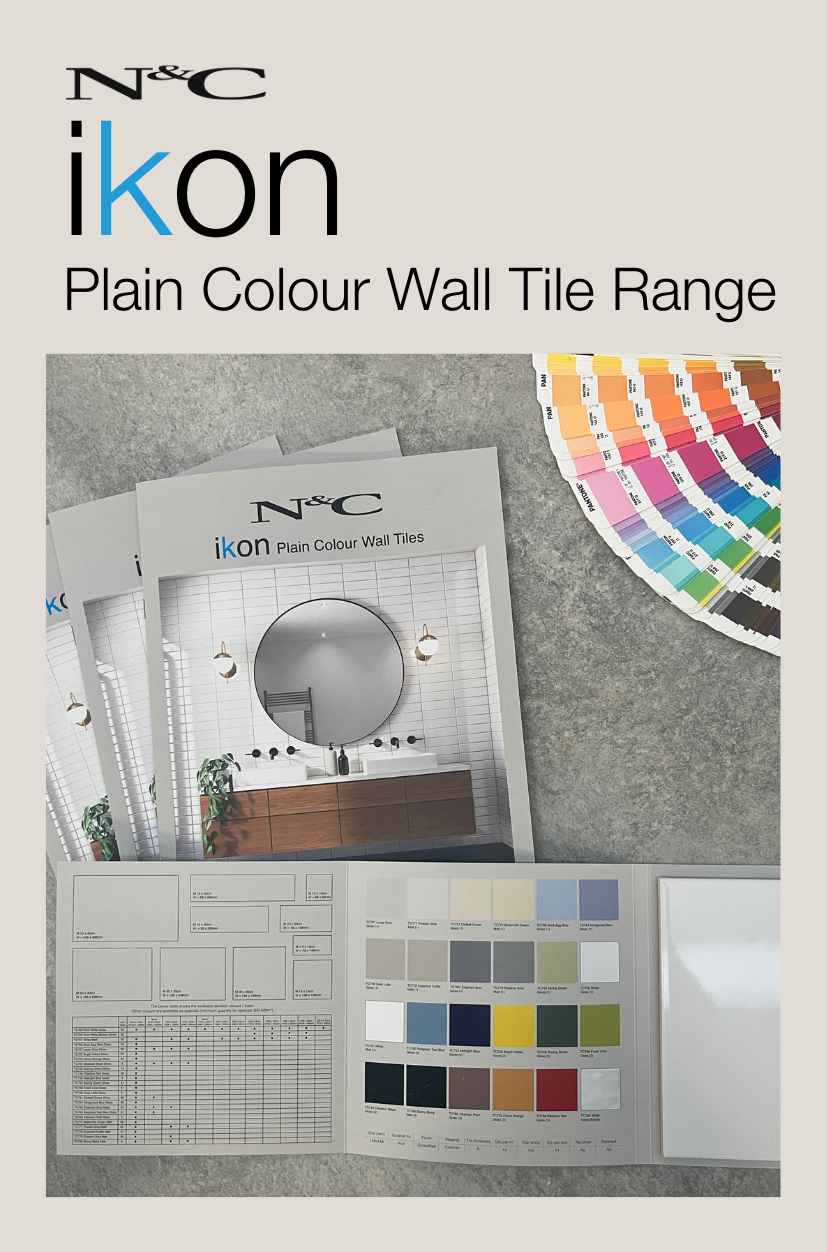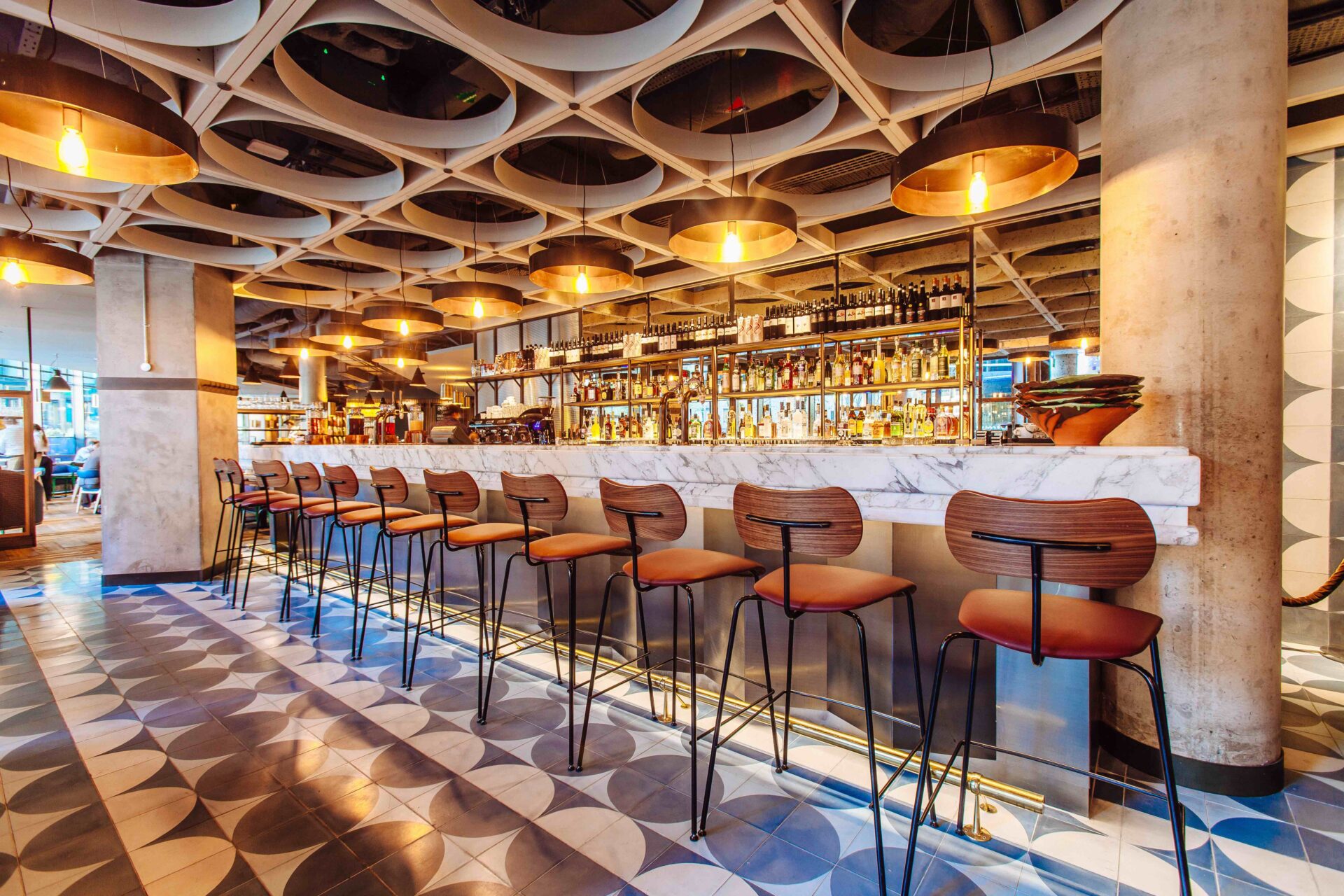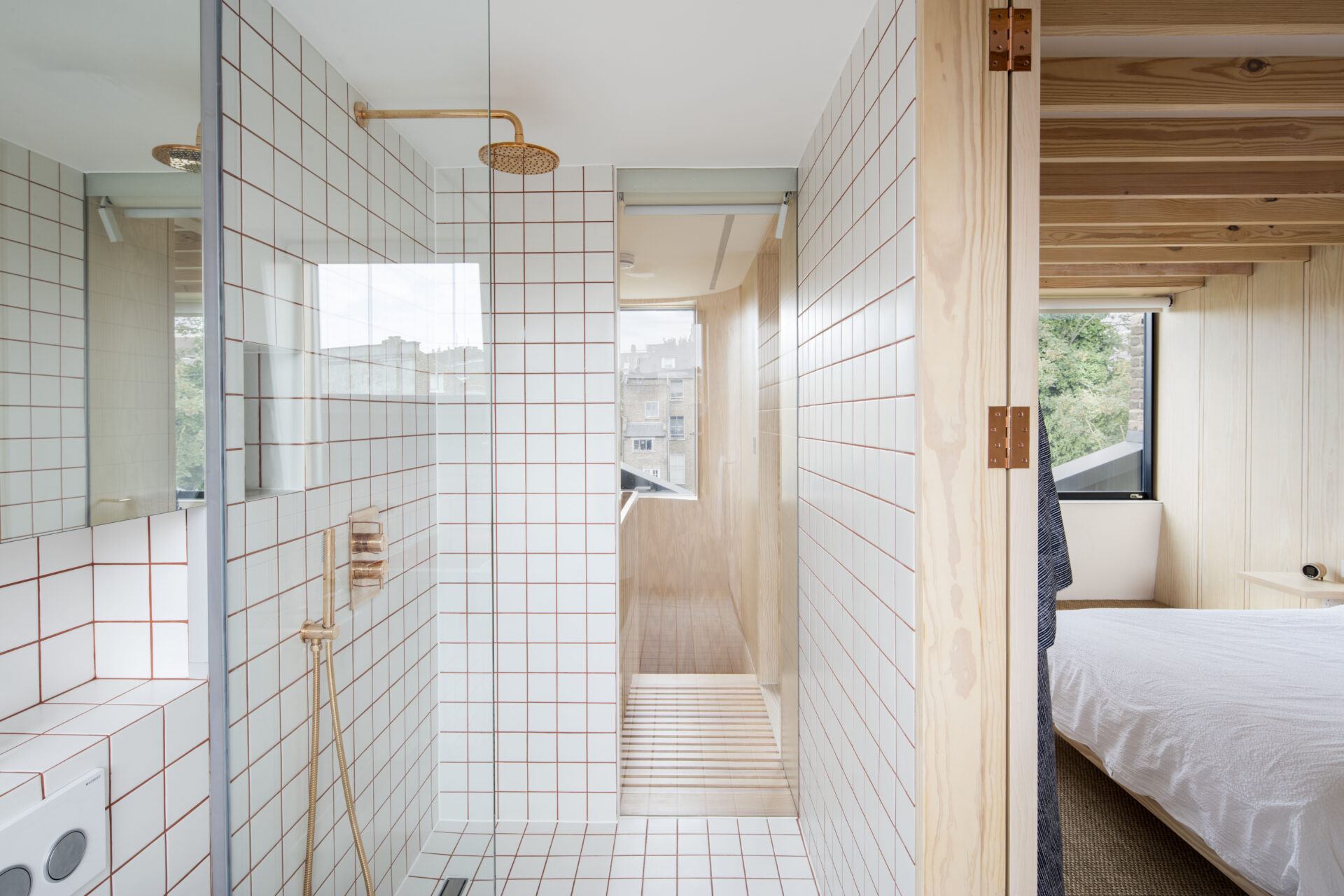Tile of Spain presents a practical guide to kitchen flooring and an overview of the latest high-quality products from Spanish manufacturers…

KEY CONSIDERATIONS
ALL ceramic and porcelain tiles are:
- Low maintenance – resistant to water, detergents, acids and salts
- Compatible with underfloor heating
- Durable – and hardwearing
- Versatile – available in multiple colours, sizes and patterns.
Special features to look for:
- Enhanced slip resistance – choose tiles specifically designed for the purpose
- Easy installation – large format slim profile tiles are ideal for retrofitting
- Reduced grouting – large format rectified tiles offer very subtle joins
- Indoor/outdoor flooring – choose frost and UV resistant porcelain
- Recycled content – several manufacturers offer eco-conscious options.
Ceramics are the ideal kitchen surface choice. Due to their low porosity, ceramic and porcelain tiles are resistant to water, detergents, acids and salts – hence they are especially recommended for durable and attractive kitchen flooring.
Tiles are easy to design with, offering inspiring creative freedom, whether as a subtle neutral expanse, or a mix-and-match effect of patterns and colours, bringing a personal touch to an everyday space such as the kitchen.

The Spanish tile industry has further enhanced the decorative possibilities of ceramics with many fascinating bespoke solutions, combined with new coating technologies and UV resistant glazes for enduring, easy-care beauty.
The latest inkjet technology offers endless aesthetic possibilities – from the decoration of textured surfaces with the most realistic reproductions of wood and stone, to allowing interior designers and homeowners alike to customise tiles with imagery of their choice.

Slip resistance and easy maintenance are key considerations. Tiles are easy to clean by simply vacuuming or wiping with soapy water. Some Spanish companies have also developed innovative anti-slip and low maintenance finishes which actually repel dirt and can save up to 50% of the water used for cleaning.
Manufacturers have addressed the demand for durable flooring surfaces by introducing advanced ranges for ‘high-traffic’ areas, while hardwearing slim profile tiles can be installed over existing surfaces to save time, cost and waste.
Large format rectified tiles allow for minimal grout in favour of a sleek aesthetic finish and also enable the easy installation of ready-made sections of pattern.
CERAMIC, PORCELAIN OR TERRACOTTA?

Both porcelain and ceramic tiles are made of clay. Porcelain is fired at a higher temperature (over 1200°) which makes the final material more durable and reduces its porosity and water absorption – increasing its hygienic and frost resistance qualities.
Glazed ceramic floor tiles are highly-suited to domestic kitchens, as they are easy to maintain, hygienic, durable, compatible with underfloor heating and reasonably priced.
Porcelain tiles offer less porosity and higher frost resistance than ceramic tiles and thus can be used both for exterior flooring, as well as in the hallway and interior of your home and are ideal for open plan kitchens connected to a patio or balcony.

Archivo by Peronda – small format ceramic tiles, suitable for indoor flooring
Terracotta refers to the unglazed rustic style earthenware with higher porosity. By choosing terracotta and its authentic look you have to be ready to also embrace its porosity… although this is not always the case. There are some practical alternatives to consider as well. Some Spanish manufacturers have developed durable porcelain collections with terracotta effects and there are even ranges of technical terracotta with reduced porosity and hard wearing finish suited to high traffic areas and outdoor spaces.

For further information on Tile of Spain visit their website
